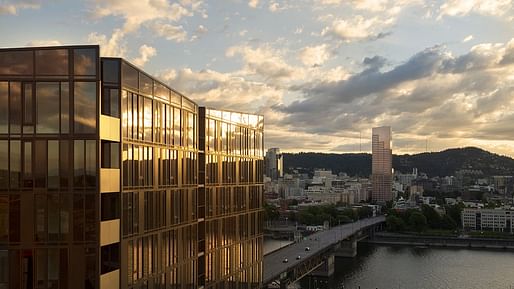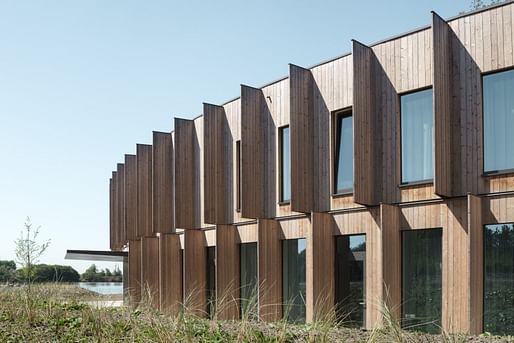

Residential construction in the United States is accelerating, despite the high costs of materials caused by the COVID-19 pandemic, according to new data released by the U.S. Census Bureau and the U.S. Department of Housing and Urban Development (HUD). Within their report, which focuses on new residential construction in June 2021, the government bodies noted that housing permit authorizations, housing starts, housing under construction, and housing units completed, are all significantly higher than June 2020.
The report notes that last month, almost 1.6 million housing units were authorized with permits, marking a 5% decrease on the month previous, but a 23% increase on the number of permits issued in June 2020. Meanwhile, over 1.64 million housing units started the construction process last month, an increase of 6% from May, and a 29% increase on June 2020.
Overall, there was a 14% increase in the number of housing units under construction in June 2021 versus June 2020, marking a modest increase of 2% on May 2021. There was also a 6.5% increase in the number of new housing units completed versus June 2020, down 1.4% on May 2021.
The figures show a differing picture across the United States depending on the construction stage. For the issuing of construction permits, and projects just starting the construction process, the national increases are being driven by activity in the South and West, with the Northeast and Midwest lagging noticeably behind. For example, construction permits for the South increased 27% year-on-year, while permits in the Northeast only increased 11%. Similarly, there was a 45% increase in the number of new housing units which began construction in the West, while the Midwest only saw a 1% increase versus June 2020.
For housing units currently under construction, all parts of the United States appear to be increasing in tandem, with the Northeast lagging slightly behind on 10% versus the 13-16% in all other parts. For housing completions, however, the Northeast dominates the statistics, with a 56% increase on June 2020, and a 54% increase on May 2021. In comparison, the South and West saw increases in the region of 2% and 8%, while the Midwest actually saw a reduction of 13% on June 2020, and 16% on May 2021.

The acceleration in housebuilding is no doubt spurred by the continuing lack of affordable housing nationwide, as reflected in a recent report by the National Association of Realtors noting that the United States needs an additional 5.5 million units to compensate for years of stagnation. However, the increase has also come in spite of soaring construction material costs during the COVID-19 pandemic. As we noted last week, the price of lumber has only recently begun to decline after a 300% increase in price during the pandemic. Meanwhile, as seen in the U.S. Bureau of Labor Statistics Producer Price Index, prices of steel remain at an inflated rate, with the price of steel mill products almost 90% higher since before the pandemic, and aluminum over 30% more expensive.
News of the increased residential construction activity also comes shortly after an AIA survey found that the demand for larger homes has increased for the first time in five years.
No Comments
Block this user
Are you sure you want to block this user and hide all related comments throughout the site?
Archinect
This is your first comment on Archinect. Your comment will be visible once approved.